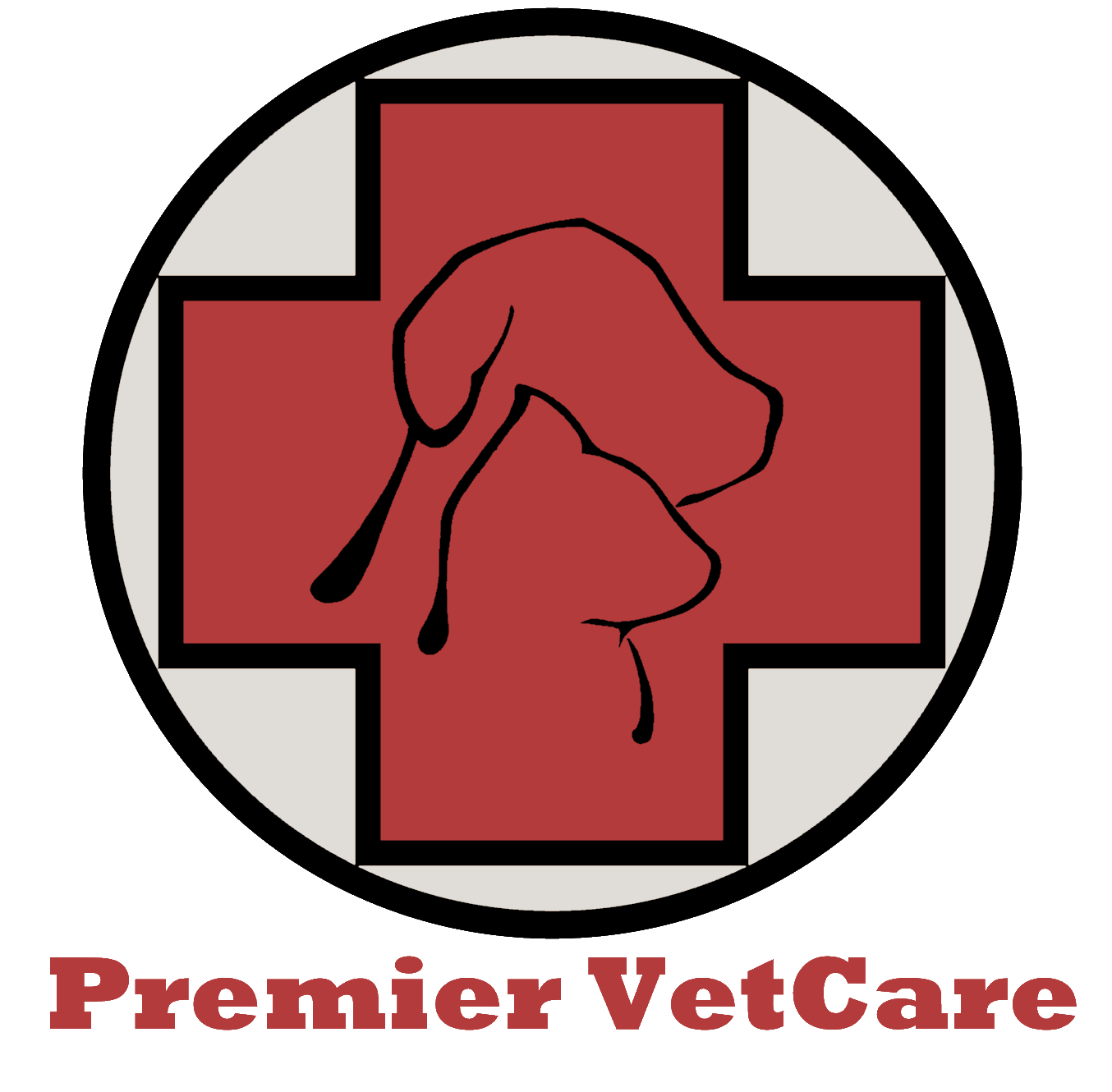Cushing's Disease, also known as hyperadrenocorticism, is one of the most common endocrine disorder in dogs. It occurs when the adrenal glands produce an excessive amount of cortisol, a hormone that plays a vital role in a dog's overall health. This condition can lead to various symptoms and health complications. Below, we will explore the types, causes, testing methods, and treatment options for Cushing's Disease in dogs.
Types of Cushing's Disease in Dogs:
Cushing's Disease in dogs can be categorized into three main types:
- Pituitary-Dependent Cushing's Disease ( Secondary Hyperadrenocortism ): This is the most common form of the disease, accounting for around 80-85% of cases. It results from a benign tumor in the pituitary gland, which stimulates the overproduction of cortisol.
- Adrenal-Dependent Cushing's Disease: ( Primary Hyperadrenocortism ): Approximately 15-20% of Cushing's cases in dogs are caused by a tumor in one or both adrenal glands. These tumors can be benign or malignant and lead to excessive cortisol production.
- Iatrogenic Cushing's Disease: This type of Cushing's is triggered by prolonged administration of corticosteroid medications. It is essential for veterinarians to carefully monitor and adjust medication dosages to prevent this form of the disease.
Testing for Cushing's Disease in Dogs:
Diagnosing Cushing's Disease in dogs typically involves a combination of clinical signs, physical examination, and laboratory blood tests. after initial general blood work has shown increases in a liver value know as ALP, and changes in urine concentration we need to confirm if your pet has Cushing's disease through other testing. Common diagnostic methods include:
Blood Tests: Measuring cortisol levels in the blood is done through two types of testing.
Low-Dose Dexamethasone Suppression Test: This test can help differentiate between pituitary and adrenal forms of the disease. This is a test that will take most the day day to perform. when the test starts a blood draw is taken to measure a base line Cortisol level. A Low-Dose of Dexamethasone is given, and then two additional blood draws are taken at later times that same day. How the cortisol levels respond to the dose of dexamethasone helps confirm, and possibly determine the type of Cushing's disease the pet has.
ACTH Stimulation Test: This test in dogs is used to assess the function of a dog's adrenal glands, and also requires several hours to be performed. It involves the administration of synthetic ACTH (adrenocorticotropic hormone), which stimulates the adrenal glands to produce cortisol. By measuring cortisol levels in blood samples taken before and after ACTH administration, we can determine whether the adrenal glands are functioning properly. Abnormal results can help diagnose Cushing's Disease (hyperadrenocorticism) and even Addison's Disease (hypoadrenocorticism). The ACTH stimulation test is also used to monitor effectiveness of Trilostane , a medication used to treat the symptoms of Cushing's Disease.
Imaging: X-rays, and ultrasound may be recommended if blood test lead us to believe your pet may have an Adrenal Tumor causing the disease. These test also may be recommended to evaluate the size of the adrenal glands for monitoring the condition.
Treatment Options for Cushing's Disease in Dogs:
Once a diagnosis is confirmed, there are several treatment options available to manage Cushing's Disease in dogs:
Medication: The most common approach is the use of medication, such as trilostane (Vetoryl), to control the overproduction of cortisol. Regular monitoring by blood test and dose adjustments are essential.
Surgery: Surgical removal of adrenal tumors may be an option for dogs with adrenal-dependent Cushing's Disease.
Benign neglect: This is one of the only medical conditions this approach is considered as a treatment approach. It involves closely monitoring the condition without immediately implementing aggressive medical intervention. This strategy is considered in cases where the dog's clinical signs are mild, and the risks, or even cost, associated with medication or surgery may outweigh the benefits. Under benign neglect, the dog receives regular check-ups and bloodwork to track cortisol levels and assess the progression of the disease. Lifestyle modifications, such as dietary adjustments and managing environmental stressors, may also be recommended. While this approach does not cure Cushing's Disease, it aims to maintain the dog's quality of life and minimize potential side effects of more aggressive treatments. Veterinarians carefully weigh the risks and benefits of benign neglect on a case-by-case basis, always prioritizing the well-being of the dog.
Conclusion:
Cushing's Disease in dogs is a manageable condition when diagnosed and treated promptly. Often the symptoms of recurring urinary tract or skin infections, excessive hunger, drinking, and urinations are dismissed as just "Old Dog Symptoms" when they are actually caused by Cushing's disease and can be managed better through treatment. It's essential to work closely with our veterinarians to determine the type, causes, and appropriate treatment plan for your furry friend. With the right care and monitoring, dogs with Cushing's Disease can lead happy and fulfilling lives. If you suspect your dog may have Cushing's Disease, don't hesitate to seek professional veterinary care for a proper diagnosis and treatment.

